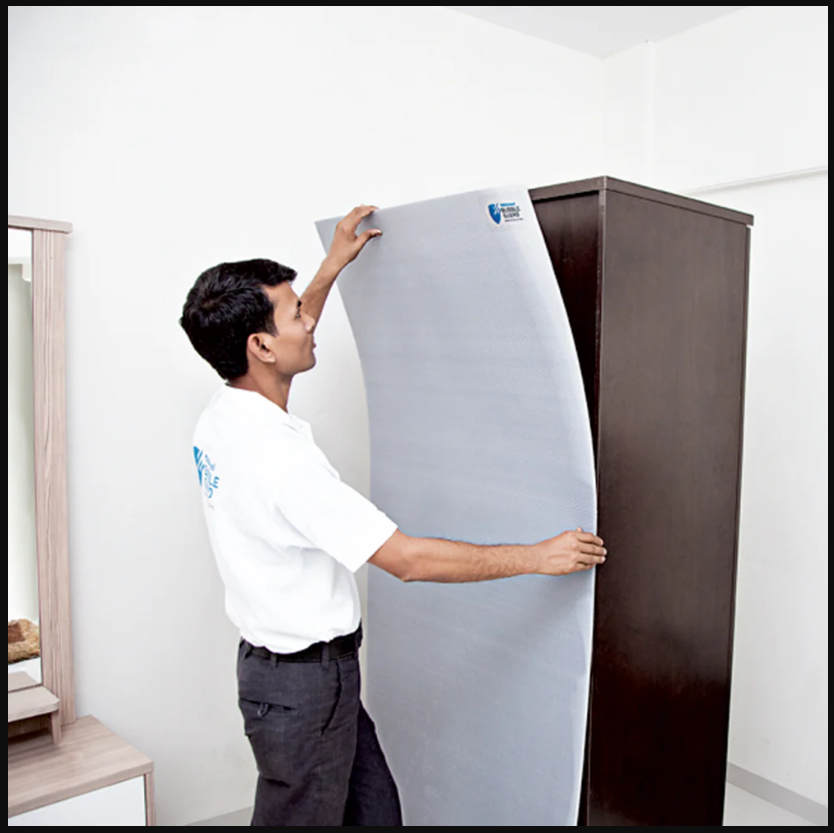Furniture is more than a functional addition to your home or workspace—it’s a reflection of aesthetics, comfort, and long-term utility. As such, selecting the right material becomes crucial in ensuring durability, appeal, and value. Among the materials used, wooden sheet for furniture stands out as a popular and versatile option. Whether you're a designer, manufacturer, or an individual embarking on a DIY furniture project, understanding the ins and outs of wooden sheets can help you make more informed decisions.
In this guide, we explore everything you need to know about wooden sheets, including types, applications, benefits, and considerations for selection.
What is a Wooden Sheet for Furniture?
A wooden sheet for furniture typically refers to engineered or natural wood-based panels that are used in the construction of various furniture items such as wardrobes, tables, shelves, kitchen cabinets, and beds. These sheets are often manufactured in flat panel forms, making them easy to cut, shape, and install.
Depending on the application and design needs, these sheets can be customized in terms of thickness, finish, and strength. Their widespread usage across residential, commercial, and industrial furniture makes them one of the most in-demand materials in carpentry and interior design.
Common Types of Wooden Sheets Used in Furniture
There is no one-size-fits-all when it comes to wooden sheets. The market offers a variety of materials, each with its strengths and best-use scenarios. Here are some of the most commonly used options:
1. Plywood
Made by gluing together several layers of wood veneer, plywood is strong and resistant to cracking or warping. It is widely used in modular furniture and cabinetry.
2. MDF (Medium Density Fiberboard)
MDF is made from wood fibers combined with wax and resin. It offers a smooth surface ideal for painting or laminating, and is often used in decorative furniture pieces.
3. Particle Board
Made from wood chips and resin, particle board is cost-effective and lightweight. It’s most commonly used in budget furniture but lacks the durability of plywood or MDF.
4. Blockboard
This is a type of engineered wood that includes a core made of softwood strips sandwiched between veneers. It is great for long furniture panels like doors and tables.
5. HDF (High Density Fiberboard)
Stronger than MDF, HDF is highly durable and used in applications where surface strength is a concern, like flooring and certain types of cabinetry.
6. Wood-Plastic Composite (WPC) Sheets
A newer entrant, WPC sheets combine wood fibers and plastic polymers, offering resistance to moisture, termites, and deformation—ideal for modular or outdoor furniture.
Benefits of Using Wooden Sheets for Furniture
Choosing the right wooden sheet for furniture offers a host of benefits that contribute to both the look and longevity of your furniture.
✅ Versatility in Design
Wooden sheets are compatible with multiple finishes—laminates, paints, veneers, and polishes—allowing designers creative freedom.
✅ Cost-Efficiency
Compared to solid wood, engineered wooden sheets are more affordable while still offering good strength and finish quality.
✅ Sustainability
Many wooden sheets are made from recycled wood fibers or sustainably sourced timber, reducing environmental impact.
✅ Ease of Handling
These sheets are lighter, easier to cut, drill, and assemble, making them ideal for both large-scale production and DIY enthusiasts.
✅ Durability and Resistance
Modern sheets are treated to resist moisture, insects, and warping—prolonging the life of your furniture.
Applications in Furniture Making
Wooden sheets are adaptable across a wide range of furniture types and styles. Here’s where they typically find use:
- Kitchen Cabinets: MDF and plywood are preferred for their strength and smooth finish.
- Wardrobes and Closets: Blockboard and HDF sheets offer structural stability.
- Tables and Desks: Plywood and particle board are used for both surface and structural elements.
- Shelves and Bookcases: MDF and plywood work well due to their load-bearing capacity.
- Headboards and Bed Frames: WPC and plywood provide a mix of aesthetics and strength.
Outdoor furniture and bathroom cabinets increasingly utilize composite materials like WPC due to their moisture-resistant properties.
Factors to Consider When Choosing a Wooden Sheet for Furniture
Selecting the right wooden sheet for furniture involves evaluating various performance and aesthetic factors:
1. Usage Environment
If your furniture will be placed in moisture-prone areas (kitchens, bathrooms), moisture-resistant boards like WPC or marine-grade plywood are ideal.
2. Load Requirements
Heavy-use furniture such as bookshelves or beds requires high-density and load-bearing sheets like plywood or HDF.
3. Surface Finish
If a painted or laminated finish is required, MDF provides the smoothest base. Plywood and blockboard can also be finished well with veneer or laminates.
4. Budget
Particle boards are the most economical, though they offer limited durability. For a balance between cost and performance, plywood and MDF are reliable choices.
5. Sustainability Goals
If eco-friendliness is a priority, look for sheets certified by agencies like FSC (Forest Stewardship Council) or made from recycled material.
Maintenance and Longevity
A well-selected and properly treated wooden sheet for furniture can last for decades. To extend its life:
- Avoid prolonged exposure to moisture unless the sheet is moisture-resistant.
- Use edge banding to protect exposed sides from wear and tear.
- Clean with a dry or slightly damp cloth—avoid harsh chemicals.
- Apply protective finishes as needed to maintain aesthetic appeal.
Conclusion
In the evolving world of furniture design, selecting the right materials can make a significant difference in both performance and appearance. A well-chosen wooden sheet for furniture not only enhances the product’s durability but also allows for a seamless blend of style, cost-efficiency, and functionality.
As design trends continue to shift toward modularity, minimalism, and sustainability, the use of engineered and advanced wooden sheets is bound to grow. Whether you're building for utility, elegance, or endurance, understanding these material choices is your first step toward smarter furniture making.





Comments